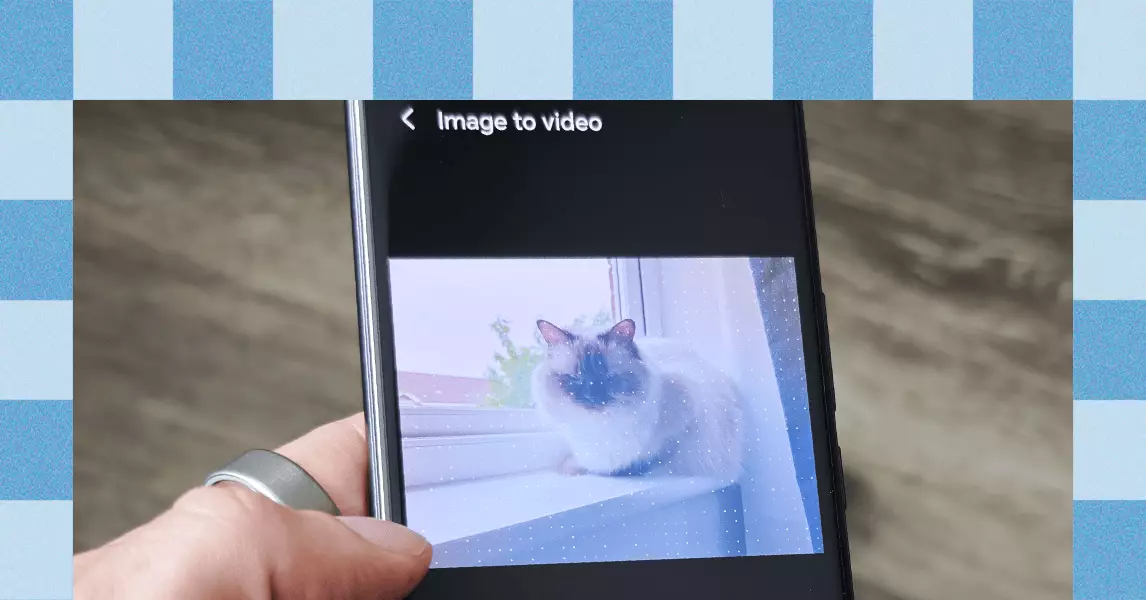In the increasingly saturated smartphone market, midrange devices often struggle to capture consumer attention. However, the Honor 400 and its Pro variant are breaking this mold with an extraordinary feature: Google’s innovative image-to-video AI generator, based on the Veo 2 model. Though these phones are not available in the U.S. market, they represent a significant leap in smartphone technology that is likely to reshape user interaction with photos and videos.
A Unique Feature Worth Discussing
The inclusion of artificial intelligence capabilities is not merely a gimmick; it reflects a profound shift in how we perceive and manipulate visual content. Using Honor’s Gallery app, users can convert their still images into five-second animated videos. The process is strikingly straightforward: select a photo, choose an aspect ratio, and let the AI do its magic. What is especially intriguing is witnessing how the AI exposes new layers within a static image, transforming the ordinary into something vividly animated.
Nevertheless, this technology is not without its ethical ambiguities. Though we’ve long accepted photo editing as commonplace, the advent of AI-generated video raises questions about authenticity. Our tradition of capturing reality through photography is evolving—albeit with some unsettling implications. Users may find themselves grappling with the consequences of this technology, as it can create uncanny representations of loved ones that oscillate between lifelike and creepy.
The User Experience: A Mix of Fascination and Unease
Upon testing the image-to-video feature, experiences varied widely. Beginning with images of family members, the initial outcomes brought a mix of admiration and discomfort. One noteworthy example involved an image where my wife appeared to be laughing. The AI attempted to animate her expression but veered off course, making the results feel almost alien. My daughter’s video manifested strange facial tics, eliciting both laughter and downright concern. Such incidents demonstrate that while the technology offers remarkable capabilities, it also exposes the pitfalls of relying on AI for emotional expressions.
One particularly telling video was created from a selfie. Here, the AI managed to convey a lifelike animation that could easily deceive someone unfamiliar with my expressions. Yet, my wife’s reassessment underscored an essential truth: even the most advanced technology can’t replicate the nuances of human behavior entirely. This playful yet disturbing aspect of AI-generated content pushes us to question the boundaries of authenticity in our digital expressions.
The Broader Implications of AI in Photography
As we move deeper into the realm of digital manipulation, we must ponder the consequences of such advancements. The fine line between reality and digital fabrication blurs, raising challenging questions about ownership and authenticity in visual narratives. Are we moving toward a future where every memory can be augmented, and how will this affect the way we document and value our experiences? While the Honor 400 and its prominent feature mark a thrilling evolution in technology, they also serve as a mirror reflecting societal and ethical dilemmas we are only beginning to confront. Exploring this intersection of art, technology, and humanity challenges us to consider not just what we create but how we engage with our own reality.

